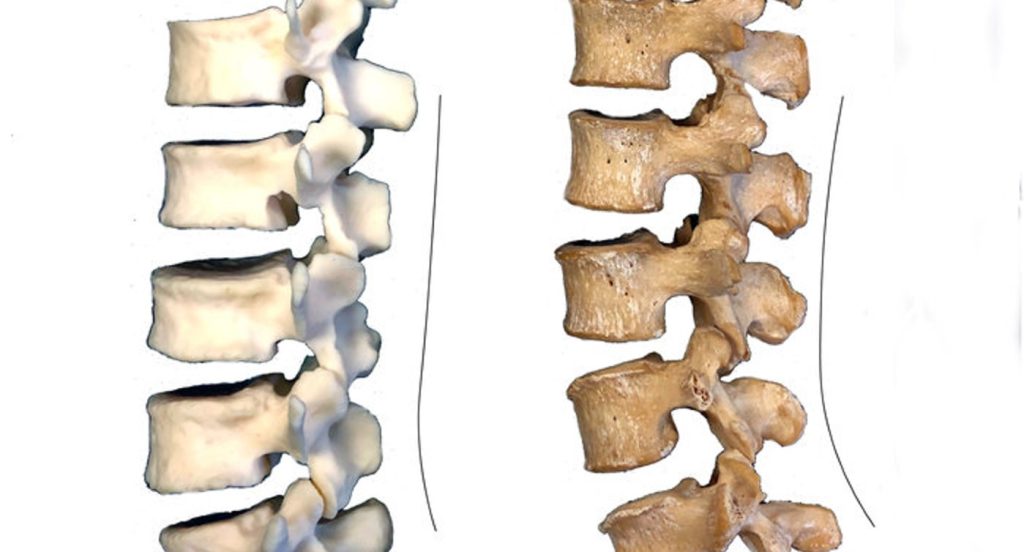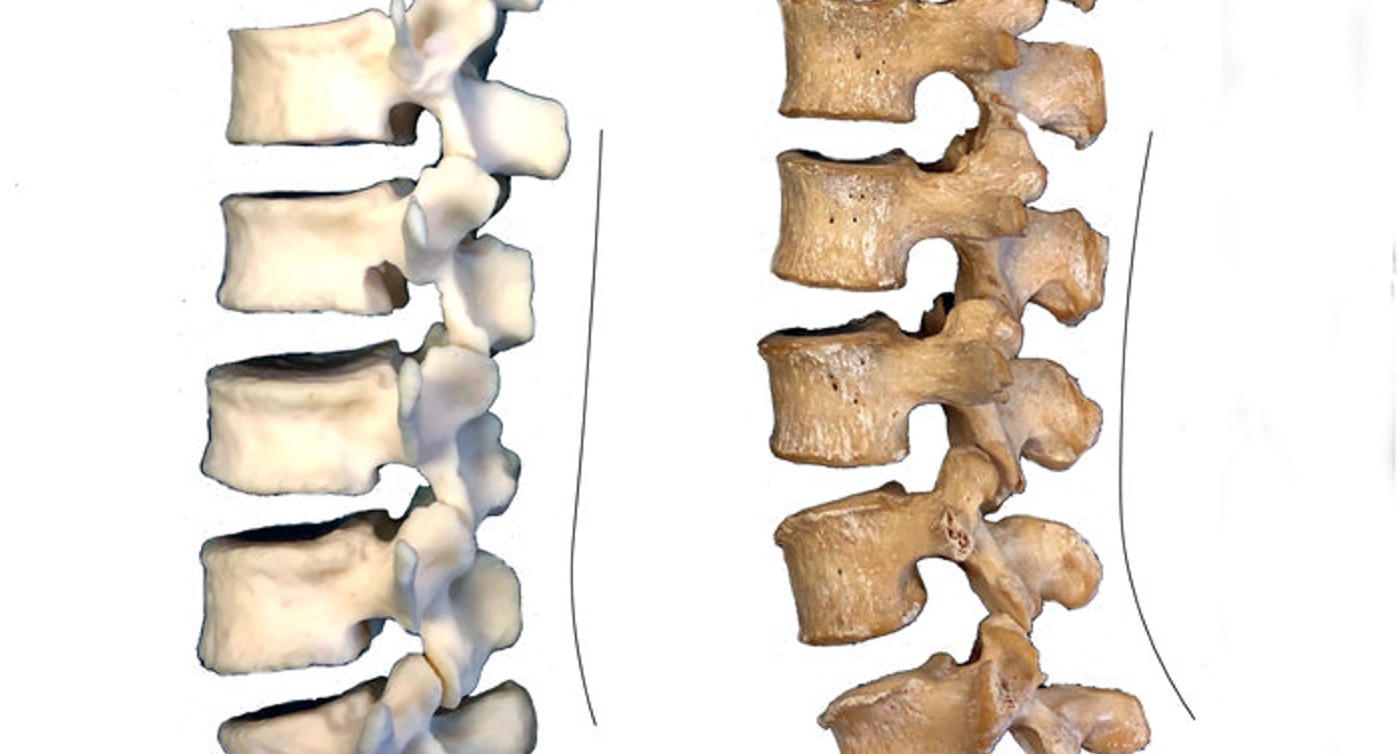
Neanderthals might hold clues as to why modern humans suffer lower back pain, according to a new study.
Their backbones show that much pain suffered today is from less physical activity, bad posture, and the use of furniture.
Back pain can be first identified in humans after the turn of the industrial era in the late 19th century when most jobs went from agriculture and high-activity to sitting down.
Spine analysis previously assumed that our pre-modern day human ancestors had different spines due to evolution.
But researchers examining intact spines from across the centuries have found that actually spines stayed the same mostly up until the death of Queen Victoria.
MORE: Your Body’s Own ‘Cannabis-Like’ Substance Can Reduce Chronic Inflammation During Exercise
Following this the spine’s curvature changes which is caused in part, by a ‘wedging’, of vertebrae and the intervertebral discs – the softer material between the vertebrae. ‘
Researchers examined more than 300 spines of pre-industrial and post-industrial spines of male and female humans from around the world.
Overall, they found that spines in post-industrial people showed more lumbar wedging than did those in pre-industrial people.
Moreover, Neanderthals’ spines were significantly different from those in post-industrial people but not from pre-industrial people.
Notably, the scientists found no differences linked to geography within samples from the same era.
Dr Scott Williams, an Associate Professor at New York University, said: “Neanderthals are not distinct from modern humans in lumbar wedging and therefore likely possessed curved lower backs like we do.
“However, over time, specifically after the onset of industrialization in the late 19th century, we see increased wedging in the lower back bones of today’s humans—a change that may relate to higher instances of back pain, and other afflictions, in postindustrial societies.
“A good part of this perspective derives from the wedging of Neanderthals’ lumbar, or lower, vertebrae—their spines in this region curve less than those of modern humans studied in the US or Europe.
“Past research has shown that higher rates of low back pain are associated with urban areas and especially in ‘enclosed workshop’ settings where employees maintain tedious and painful work postures, such as constantly sitting on stools in a forward leaning position.
RELATED: First Treatment for Pain Using Human Stem Cells is a Success; Now Moving Towards Human Trials
Dr Williams added: “A pre-industrial vs. post-industrial lifestyle is the important factor. Lower back curvature is made up of soft tissues (i.e., intervertebral discs), not just bones, so it cannot be ascertained that Neanderthals’ lumbar lordosis differed from modern humans.
“The bones are often all that is preserved in fossils, so it’s all we have to work with.“Diminished physical activity levels, bad posture, and the use of furniture, among other changes in lifestyle that accompanied industrialization, resulted, over time, in inadequate soft tissue structures to support lumbar lordosis during development.
“To compensate, our lower-back bones have taken on more wedging than our pre-industrial and Neanderthal predecessors, potentially contributing to the frequency of lower back pain we find in post-industrial societies.”
The study was published in the journal PNAS Nexus.
HELP Others By Sharing This Good News on Social…





















I noticed that why I had to start sitting at a computer on a chair for long hours I got lumbar sacral, sciatic pain going down my leg for the first time ever. I fixed the problem totally by changing my chair for an exercise ball. The exercise ball keeps your lower back free and moving and I never had another incidence of that lower back and leg pain.